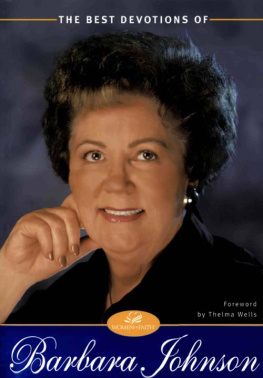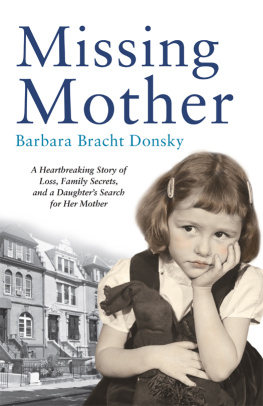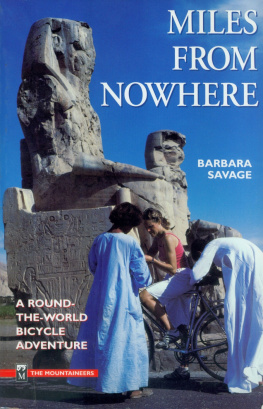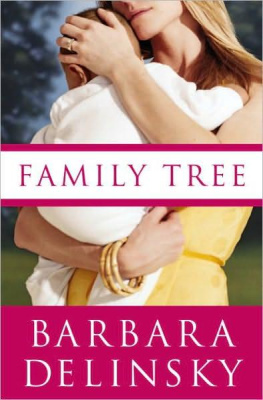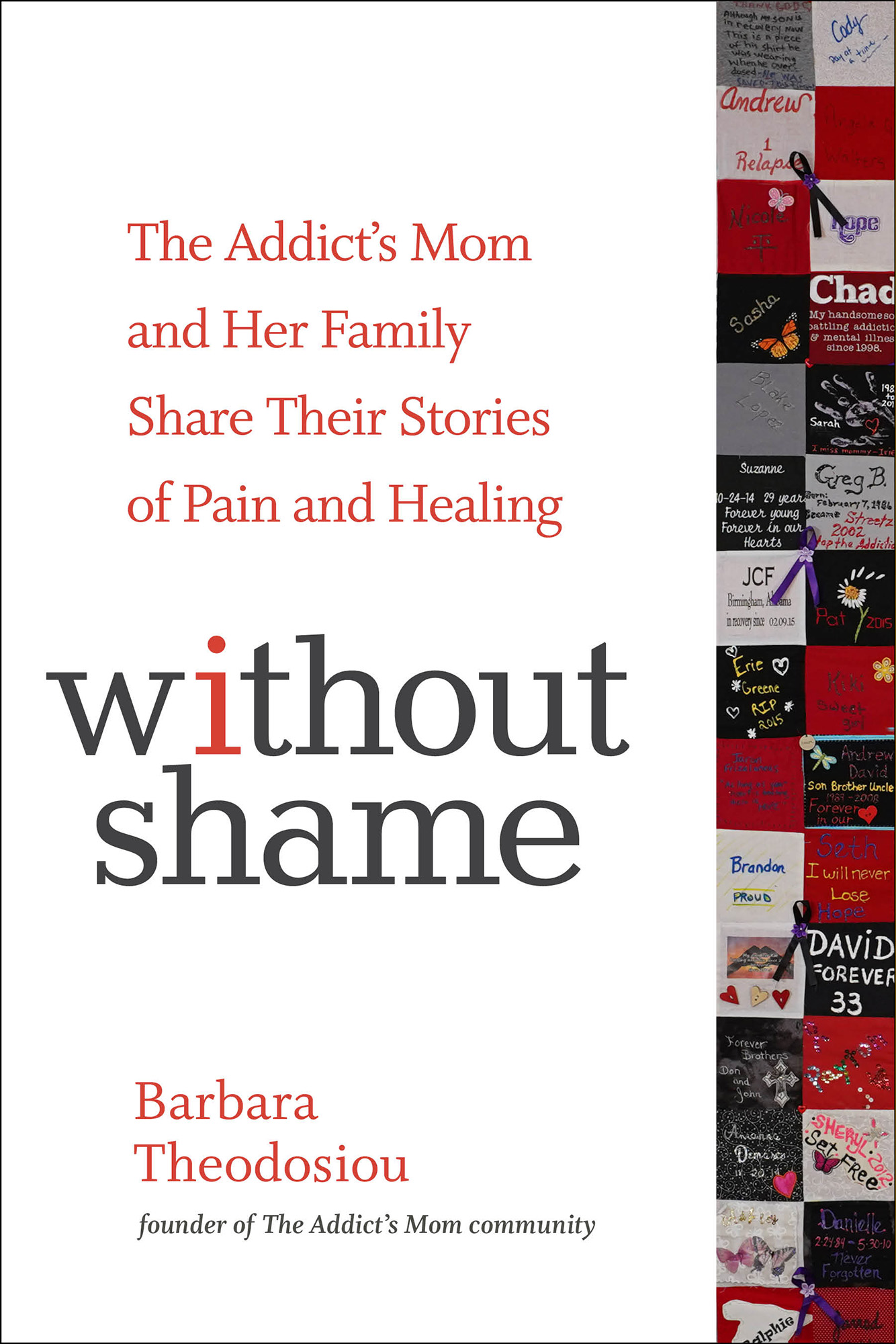Millions of mothers struggle silently with an addicted son or daughter. In Without Shame, a candid account of the impact of addiction, Barbara pierces both silence and shame, and helps mothers know where to turn.
The heartbreakingly familiar story of the devastation of addiction told by the pioneer of online family support.
I am so grateful for Barbaras courage to begin The Addicts Mom (TAM) and to share her story. I also share my journey publicly, and I dont think I could have done that without being able to share without shame in TAM. Thank you, Barbara, for being a changemaker in a world afraid of change.
Barbaras generosity and compassion have resulted in a following of more than 100,000 moms with children lost, those still struggling, and those recovered. She was always ahead of the curve when it came to understanding that stigma must go, and her willingness to be honest at great personal sacrifice in a culture of shame will always be remembered, appreciated, and admired.
Beverly Buncher, founder and CEO of the BALM Training Institute for Family Recovery Services and author of BALM: The Loving Path to Family Recovery
Like Theodosious organization, The Addicts Mom, this book will be a source of insight, comfort, and support for anyone impacted by a loved ones addiction, assuring readers that they are not alone.

The Quilt
Each year, The Addicts Mom community creates a quilt to be displayed at the FED UP! Rally in Washington, DC. Members of TAM create squares to represent the loved ones in their lives who have struggled with addiction. The color of each square has a specific meaning:
- Red symbolizes a loved one in active addiction.
- Gray symbolizes a loved one currently incarcerated
- Black symbolizes a loved one who has lost their life to addiction.
- White symbolizes a loved one in recovery.
The finished quilt serves as a striking representation of only a small portion of the thousands of families affected by addiction each year.
Hazelden Publishing
Center City, Minnesota 55012
hazelden.org/bookstore
2020 by Spotlight PR
All rights reserved. Published 2020.
Printed in the United States of America.
No part of this publication, neither print nor electronic, may be reproduced in any form or by any means without the express written permission of the publisher. Failure to comply with these terms may expose you to legal action and damages for copyright infringement.
Names: Theodosiou, Barbara, 1959- author.
Title: Without shame : the addicts mom and her family share their stories of pain and healing / Barbara Theodosiou ; with the editors at Hazelden Publishing.
Description: Center City, Minnesota : Hazelden Publishing, [2020] |
Identifiers: LCCN 2019041843 (print) | LCCN 2019041844 (ebook) | ISBN 9781616497798 | ISBN 9781616497804 (epub)
Subjects: LCSH: Drug abuse--United States. | Drug addicts--United States--Family relationships.
Classification: LCC HV5825 .T53 2020 (print) | LCC HV5825 (ebook) | DDC 362.29/13--dc23
LC record available at https://lccn.loc.gov/2019041843
LC ebook record available at https://lccn.loc.gov/2019041844
Editors notes
This publication is not intended as a substitute for the advice of health care professionals.
Some names, details, and circumstances have been omitted or changed to protect the privacy of those mentioned in this publication.
Readers should be aware that websites listed in this work may have changed or disappeared between when this work was written and when it is read.
Cover design: Terri Kinne
Quilt photography: Brad Hadsall
Family Photos section: Images courtesy of the Theodosiou family unless otherwise noted
Developmental editor: Heather Silsbee
Editorial project manager: Jean Cook

This book is dedicated to
Rudy, who has stood by my side through everything
Fred, who taught me the true value of family
and my beautiful children, Peter, Daniel, Nicole, and Alex, who remind me every day that my life has been full of blessings
Editors Note
Addiction is a family disease. If you have experience with addiction yourself, have loved ones who live with addiction, or have read other recovery narratives, you have probably heard that phrase. What does it really mean? For one answer, you can look at numbers. For example, a Pew Research Center survey conducted in August 2017 found that 46 percent of Americans say they have a family member or close friend who is or has been addicted to drugs. Those numbers, of course, dont represent the many additional Americans who may not yet be aware that they belong to this group.
The more comprehensive answer is much more subjective, and each person may have a different answer. Addiction is a family disease means that its impossible for addiction to live in a vacuum. Every person who lives, or has lived, with an addiction touches countless other lives. When they touch other lives, they bring with them all of the wonderful, brilliant, and unique qualities that they have had since long before their addiction took hold. They also bring all of the horrors that their disease has brought into their lives. Anyone who loves and cares for a person with an addiction experiences all of these terrifying, enlightening, destructive, and beautiful qualities at the same time. The image of the person they knew before the disease clashes with the behaviors they are now forced to confront. Everyone involved in the equation, whether they are friends, parents, grandparents, partners, siblings, or classmateswhether they are biologically or legally related or notis faced with an impossible question: How can I continue to love and care about this person who is so important to me, and also love and care for myself? Is that balance even possible to achieve? The dynamics that emerge are always complex and nuancedand often ugly, heartbreaking, and misunderstood.
There is another way in which addiction doesnt exist in a vacuum. Like many diseases, the history of the diagnosis, causes, effects, and understanding of addiction is long, complicated, sometimes contradictory, and very much still ongoing. If youre interested in those histories, theories, and ongoing developments, there are many excellent books, films, articles, and other resources for you to explore. A few of them are mentioned in the section at the back of this book. This book is not an exploration of that history, but it is an example of it. It does explore one of the common themes that youll see emerge from many, if not all, of those other texts. When addiction develops in a person, it is almost always accompanied by a host of other complicating factors in that persons history. To give an incomplete list, addiction to a substance is very often accompanied or preceded by mental health disorders, other addictive behaviors, physical or emotional abuse, traumatic events, unhealthy relationships, divorce, poverty, homelessness, marginalization, or a long family history of other addictions, whether or not those addictions were recognized or acknowledged at the time they occurred. Often, its difficult to identify when the effects of one of these factors ends and another begins, and people may argue whether attempting to distinguish between them is even a worthy exercise. Several of these factors exist in the stories of Barbara Theodosiou and her family. Their stories are about addiction and everything that accompanies it, both positive and negative, both before and after it entered their lives.





